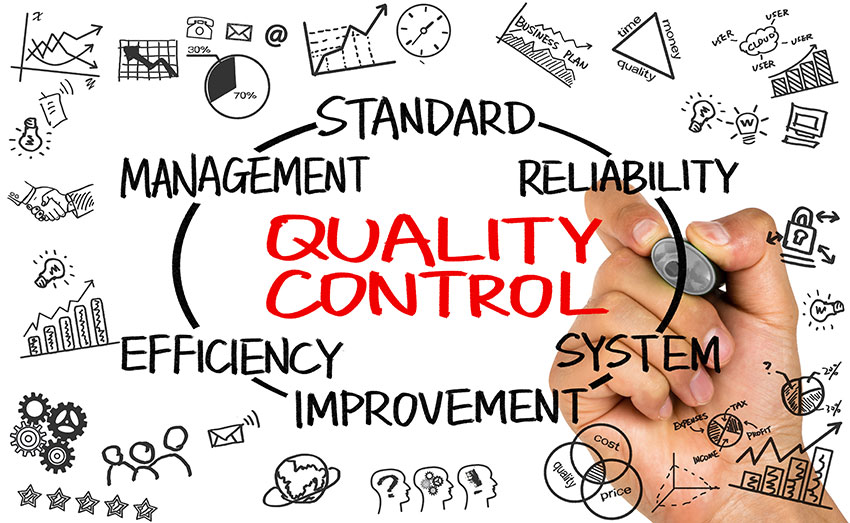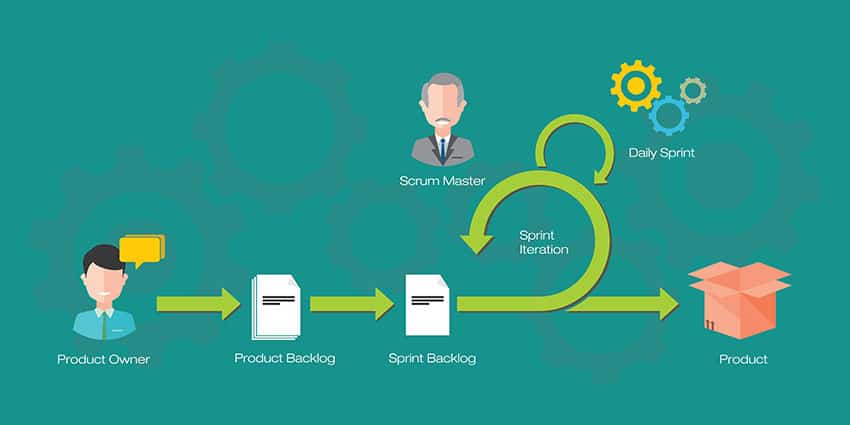While lean was originally conceived to streamline manufacturing processes, lean thinking can be applied across any industry.
Lean is a set of principles that were originally concocted in the 1940s to improve workflows on the Toyota manufacturing floor. There are many documented successes when manufacturers have implemented lean practices to much success.
But luckily, manufacturers don’t own the patent on efficiency. While lean was initially thought up to help manufacturers become more efficient, these principles can also make sense for service industries. Changing the context doesn’t necessarily change the goals of lean: visualize, standardize and improve.
So what kind of unique wastes is the service industry most guilty of?
Delays
In a service context, delays can come in many forms. Lags in providing much-needed information, delivering a product or providing an integral service all are serious sources of waste and can cause customer dissatisfaction.
Customer Satisfaction
Obviously one major endeavour most companies tackle on a regular basis is retaining their customer base. And keeping those already-existing customers content is the key to business success and attracting new customers.
In a service organization, there are even more ways customers can find fault with your company. Every customer interaction makes a difference — and a poor experience can have a direct effect on your bottom line.
Unneeded Movement
Is your organization full of queues? Do customers line up in one locale just to move to yet another lineup elsewhere? Or are customers (or workers) forced to regularly move between buildings just to complete a simple task? If this is the case, your company is committing the sin of unnecessary movement. Such unneeded movements are a waste of time and energy for both employees and customers, and making changes to cull such waste can truly streamline operations and make a noticeable impact on customer satisfaction.
Duplication
Service organizations are full of repetition, particularly when it comes to filling out multiple forms with the same data over and over. Not only is duplicating work (on both the part of the customer and workers) annoying, but it also eats up precious time that could be used to complete other more integral tasks.
Lack of Communication
Miscommunication is the common culprit behind much business waste. Unclear instructions to customers can lead to confusion and aggravation, and using unnecessary jargon with employees can cause delays, missed deadlines and other mistakes. That’s why it’s important to keep communications clear, concise and regular to avoid such errors.
Inventory Issues
Products that are out of stock, kept around in duplicates or are left sitting for too long is a serious waste of resources. Inventory left unused for extended periods can expire, and not keeping enough products on hand can lead to delays in delivering services to customers and can affect quality when an organization is forced to use alternative products to “make do.”
Lost Opportunities
When customer representatives are rude to a customer, don’t answer a query appropriately or are generally unfriendly, this can lead to lost opportunities with customers. Providing a friendly and helpful customer experience can lead to chances to upsell or recommend additional complementary services to meet their needs. But customers will usually only take the bait when there is a relationship built on trust and respect, so every interaction counts.






